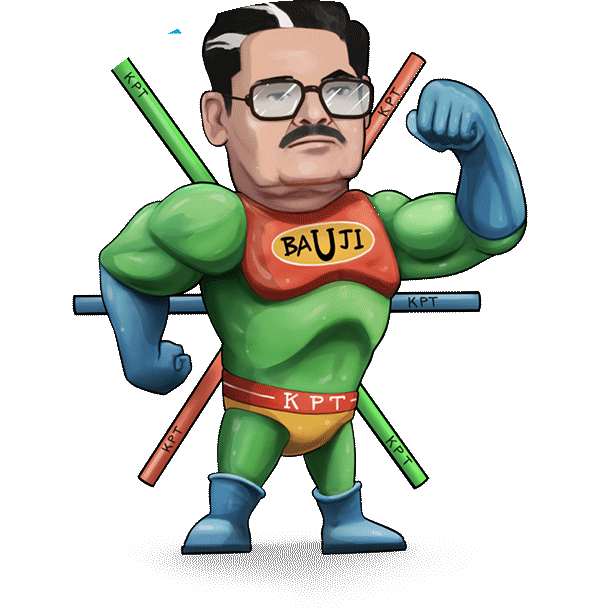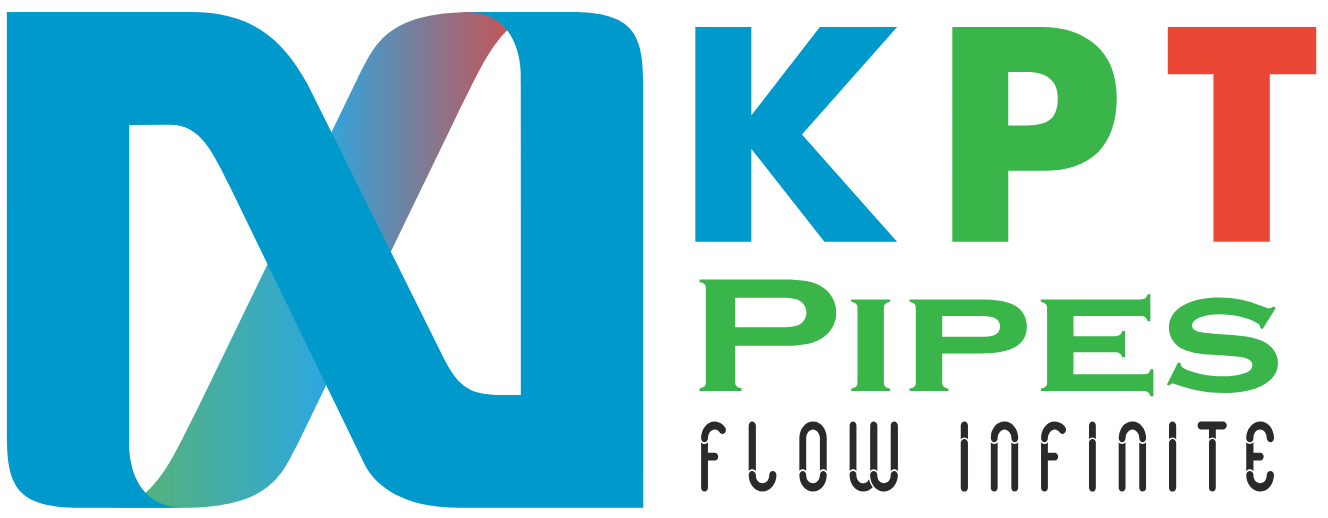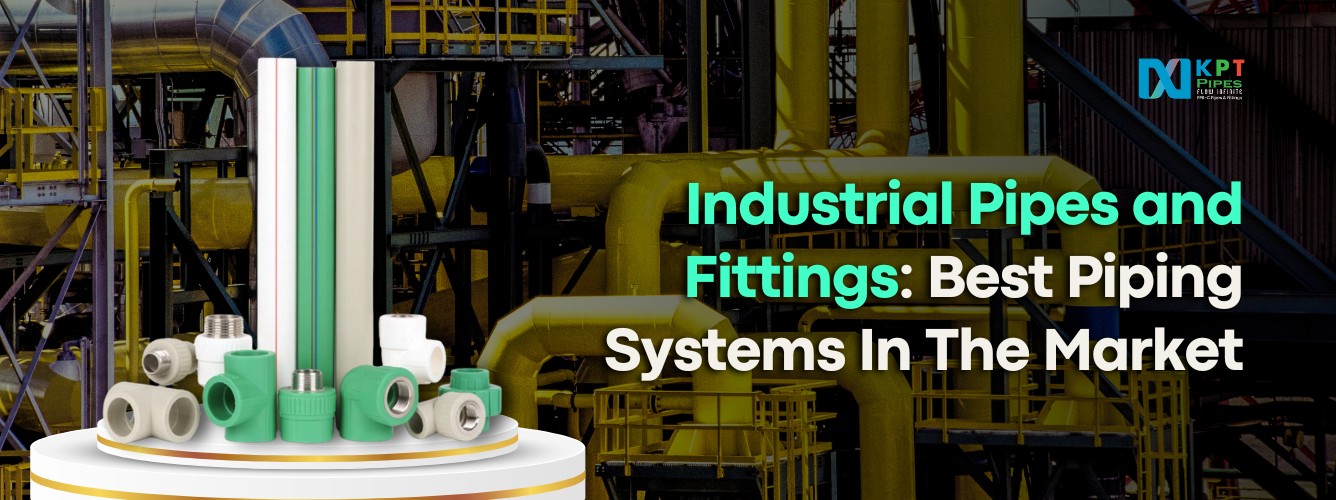Choosing the right industrial pipes and fittings can make or break your company’s operations. So, one should always take a very careful approach when finalising pipes and fittings in their industrial property.
Every pipe and joint you install affects safety, efficiency, and long-term costs on your industrial property. So, finding the right piping systems may seem like a very stressful task. The availability of a variety of grades and specifications, moreover, adds to this pressure. One wrong selection can lead to leaks, unplanned breakdowns, and expensive repairs. You would not want that, would you?
We believe you deserve the best, and hence are here with the most crucial information. We are here to help you understand the specifications, standards, and requirements crucial to every industry. Such information helps managers find and get the best industrial pipes and fittings for reliable, long‐term performance.
Table of Contents
ToggleKey Application Of Industrial Pipes and Fittings
Industrial pipes and fittings serve diverse sectors by transporting water, chemicals, steam, gases, and slurries under extreme conditions. Selection of pipes and fittings however depends on various factors such as fluid properties, pressure, temperature, and regulatory requirements. Below are key industries where robust industrial pipes and fittings enable critical processes.
Oil and Gas
Pipelines in oil and gas must withstand very high internal pressures without deforming. Resistance to corrosion from crude constituents and sour gas is essential to prevent leaks. Moreover, pipe coatings and linings can more thoroughly protect systems against soil and water corrosion. It can thereby extend the service life of piping systems. Choosing tight-seal fittings can minimize vapor emissions and ensure environmental compliance.
Chemical Processing
Piping systems in chemical plants have to face aggressive acids, bases, and solvents. Hence, the piping material must be able to resist chemical attack at extreme temperatures and pressures. Choosing piping with smooth interior surfaces can reduce dead zones and prevent cross-contamination during batch changes. Moreover, note that the joints and gaskets need compatibility with process fluids to avoid leaks and contamination.
Power Generation
Steam and cooling water circuits in power plants cycle between high and low temperatures. Hence, your chosen industrial piping systems must be able to handle thermal shock without cracking. Moreover, they must simultaneously maintain dimensional stability under pressure cycles. Fatigue resistance at welds and bends is crucial, as it helps prevent stress failures over millions of cycles. Solid seals in flanges and valves will further support continuous electricity production.
Food and Beverage
Hygienic design is paramount in food-grade piping systems. You must pick an industrial piping system with polished, crevice-free surfaces to prevent bacterial growth and meet clean-in-place standards. Fittings must allow full drainage to eliminate standing liquid between batches. Moreover, all materials used in the industrial piping system must be non-toxic and consequently comply with food safety regulations.
Water Treatment and Distribution
Pipes used in water systems must resist chlorination chemicals and microbial corrosion. Such industrial piping systems also face UV exposure in above-ground installations, so UV-stable coatings or materials are needed. These pipes will have to deal with pressure fluctuations from pump startups and shutdowns. Hence, choosing resilient and strong pipes and fittings is vital to avoid bursts. Moreover, check to ensure your chosen systems have leak-free joints to ensure consistent water quality and service reliability.
Why PPR Pipes Are the Top Choice When Considering Industrial Pipes and Fittings?
Are you scouring the internet to find the best industrial pipes and fittings? You will most definitely realise that polypropylene random copolymer (PPR) pipes indeed stand out in the market. Their combination of longevity, resilience, and safety makes them ideal for rigorous industrial environments.
Unlike metal pipes prone to corrosion or PVC prone to brittleness, PPR maintains dimensional stability, even under heavy thermal and chemical stress. This resilience translates to decades of service, minimal maintenance, and lower life‐cycle costs. Still not sure if PPR pipes are the right choice for you? Below, we explore six core advantages of PPR pipes that demonstrate why they lead the market for industrial applications.
Exceptional Durability and Longevity
Did you know that top-quality PPR industrial pipes can last over 50 years under optimal conditions? Moreover, their resistance to scaling, UV degradation, and chemical corrosion drastically cuts down on maintenance intervals. Unlike metal alternatives that corrode or require periodic replacement, PPR pipes retain their mechanical strength and smooth surfaces over decades. This longevity ensures that your investment yields consistent performance, reduces lifecycle costs, and prevents unscheduled shutdowns that disrupt production schedules.
Superior Chemical Resistance
Industries handling aggressive chemicals need piping that won’t degrade or leach contaminants. PPR pipes exhibit excellent chemical compatibility with acids, alkalis, and solvents under static and pressurised conditions. A comprehensive resistance chart confirms their stability in over 50 common process chemicals. This inertness safeguards product purity and minimises the risk of pipe failure. Moreover, PPR pipes will still perform flawlessly after exposure to harsh contaminants, protecting both your process and personnel.
Outstanding Thermal Stability
Are you looking for an industrial piping system that can promise stable operation even across extreme temperatures? PPR pipes are your go-to choice in such cases. These top-quality piping systems continually retain their shape when exposed to hot or cold fluids. They can work efficiently even when the temperature of the fluid within them reaches approximately 95 °C. These feature makes them suitable for hot water loops, steam condensate lines, and thermal process circuits. This controlled thermal expansion reduces stress at joints, while their low thermal conductivity enhances energy efficiency. That’s not all! They even free you from insulation headaches, which are common in metal piping systems.
Eco-Friendly and Non-Toxic
PPR systems are fully recyclable and free from harmful additives like heavy metals or plasticisers. Its inert nature guarantees zero leaching into potable water or food‐grade processes. The production of PPR results in a lower carbon footprint, in contrast to metal pipe, which requires mining and energy‐intensive fabrication. Using PPR pipes will help you meet your sustainability goals. Moreover, they will shield you from regulatory pressures to reduce environmental impact, without compromising safety or performance.
Ease of Installation
Did you know PPR pipes weigh only a fraction of what their steel counterparts weigh? PPR pipes are lightweight. This feature makes it quite easy to transport and handle them on-site. Moreover, these reliable piping systems join via fusion welding, creating seamless, leak-proof connections in minutes. This technique eliminates flanges and gaskets prone to leaks, reducing labour hours and material costs. Faster installations also mean minimal operational interruptions. So, opting for PPR industrial pipes and fittings would accelerate project timelines. Moreover, they may even lower your overall long-term expenses.
Cost Effectiveness
The initial material costs for PPR pipes may match other plastic or metal fittings. However, PPR’s long service life and minimal maintenance deliver superior returns on investments. Reduced maintenance, fewer replacements, and energy savings from low thermal conductivity all further contribute to lower total cost of ownership. As these pipes require minimal maintenance, organisations can reallocate maintenance budgets to core operations. So, PPR piping systems qualify as the smartest investment if you are someone who prioritises efficiency and affordable solutions.
Conclusion
The right industrial pipes and fittings support every critical operation from refineries to bottling plants. However, one must first understand their sector’s unique demands before choosing the right type of industrial piping system. Armed with these insights, you can avoid the pitfalls of poor material selection and ensure your infrastructure meets performance goals for a decade
But what if you require industrial pipes and fittings packed with features including chemical resistance, thermal stability, and hygienic design? PPR pipes shine among all types of pipes for their unmatched balance of durability, chemical resilience, thermal stability, eco-friendliness, and cost savings. Choose PPR pipes for your industrial property and watch them deliver the safety and efficiency you deserve.
KPT Piping System Private Limited sets the benchmark when it comes to world-class PPR solutions. Our company has decades of expertise, guarantees rigorous quality controls, and promises comprehensive after-sales support. Trust our company to deliver top-tier industrial pipes and fittings that outperform expectations. Explore our portfolio and contact us today.



